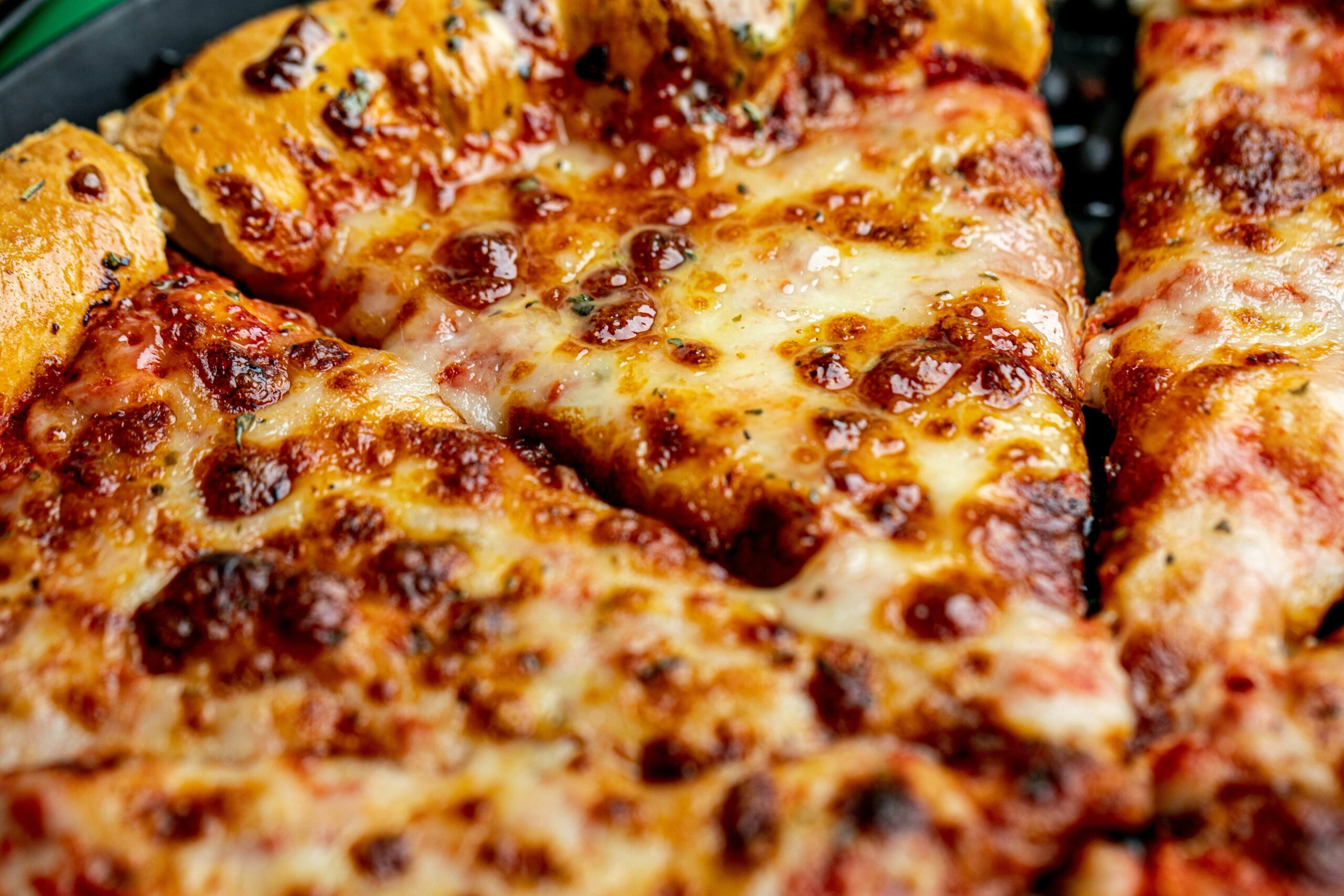 Code requirements for restaurants have always been stringent, but in an effort further to reduce waste and its environmental impact, updates to the rules and regulations surrounding fats, oil, and grease (FOG) and disposal thereof have become even stiffer in Florida.
Code requirements for restaurants have always been stringent, but in an effort further to reduce waste and its environmental impact, updates to the rules and regulations surrounding fats, oil, and grease (FOG) and disposal thereof have become even stiffer in Florida.
Understanding the new code requirements is imperative for restaurant owners, as failing to meet the recently updated zero-waste requirements could shut your restaurant down.
What to Know About Grease Traps for Your Miami Commercial Kitchen
Any commercial kitchen in Miami is required to comply with the county’s FOG disposal requirements. While always stringent, the code requirements for Miami-Dade have stiffened up even further in recent years in an effort to move toward a zero-grease waste factor.
Per the Environmental Code of Miami-Dade County, even FOG concentrations as low as 150 mg/L can impact sewage collection, transmission and treatment facilities. Sewer issues related to oils and grease can lead to backed-up water flow, overflows, and other city-wide problems due to FOG in the pipes.
To eliminate grease from sewage systems, commercial kitchens are required to have grease interceptors (also known as grease traps). Grease traps work by offering a holding tank for hot greasy water to cool. As the water cools in the grease interceptor, the grease and oil in the water separate and float to the top of the trap. The cooler water (now free of grease and oil) sinks and flows down the pipe and into the sewer system.
But not all grease traps may be doing a good enough job of creating clean waste. New requirements mean that bigger tanks or double tanks with newer technology may be needed to achieve the zero-waste goals set by many Florida cities and counties.
Best Grease Traps for Your SoFla Restaurant
As you look for the best grease trap for your restaurant, here are some things to keep in mind:
- Capacity – Ensure that the trap you choose can handle the amount of work it will have to do. If the trap is too small for your needs, you’ll end up cleaning it more frequently and could also be out of compliance. A quality trap that is easy to clean and maintain will save you time and keep you in compliance.
- Space – Depending on your restaurant design and location, the trap may be located inside or outside. When inside, they’re usually beneath the sink or flooring. When outside, they’re near the kitchen and often hidden under a manhole cover.
- Type – Common types include gravity traps, automatic grease traps, and hydromechanical grease traps.
For those considering building a new restaurant, this is going to be one of your main challenges. Taking the time to plan and get the plumbing right will be important to meeting the waste requirements.
Before getting started on a restaurant project, be sure to talk to us at Seacoast Consultants. Though zero-waste is a goal across the state, each city and county will have different requirements, and you need to account for these requirements before beginning your restaurant buildout.
For help, get in touch with our team at Seacoast Consultants.
- test :


